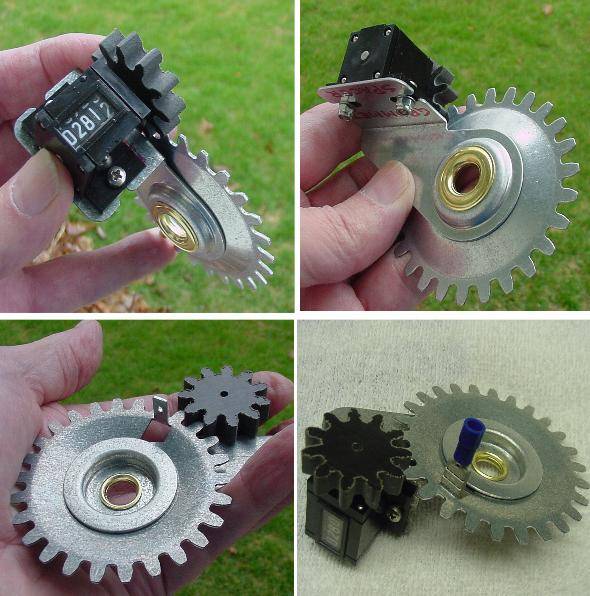Measurement is extremely important in sports, especially when athletes are performing at the Olympic level. Accurate measurement becomes critical in terms of the height of jumps, times of races, and mass of weights. Historicially, there have been difficulties measuring out the distance of marathons at the Olympic Games, and as a result the International Association of Athletic Federations (IAAF) only recognized the best times and did not begin awarding world records until 2004, when the device known as a Jones counter was ruled sufficiently accurate.
The Jones Counter is a simple geared device that counts the revolutions of a bicycle wheel. The counter was developed by a father and son in the 1970s.1 This device is calibrated by a measuring tape at least 30 meters long. The number of revolutions to equal that distance is calculated, and then the rest of the course is laid out accordingly. The measurements take hours to complete, and are accurate corresponding to an error of about 1 part in 1,000.
Chris Blackburn, a physical science technician with the National Institute of Standards and Technology (NIST) Semiconductor and Dimensional Metrology Division, says this calibration wasn’t terribly difficult, but it was a little unusual because the tape that the course measurer wanted calibrated was 100 meters long, which was 40 meters longer than the NIST “tape tunnel.” Consequently, the calibration had to be done in sections.2
“The uncertainties associated with our laser interferometer system are very small,” says Blackburn. “And by applying the proper tension on the tape to pull it straight and keeping the temperature at 20 °C, plus or minus 15 hundredths of a degree, we achieve uncertainties of 0.00018 meters, which meets or exceeds our customers’ requirements in most cases.”3
 Blackburn and his group perform around forty calibrations per year. The IAAF chose David Katz, of Finish Line Road Race Technicians, Inc., and friend Hugh Jones to help perform the measurements. Katz contacted NIST to calibrate the tape that they used to calibrate Jones Counters. Once complete, it was found there was only an error of about 13 millimeters over 100 meters for the course, which resulted in about 1.3 to 2 meters. “I was thrilled with the result,” says Katz. “This level of agreement, with a difference of about 2 centimeters per mile, is pretty remarkable. This measurement was my gold medal.”
Blackburn and his group perform around forty calibrations per year. The IAAF chose David Katz, of Finish Line Road Race Technicians, Inc., and friend Hugh Jones to help perform the measurements. Katz contacted NIST to calibrate the tape that they used to calibrate Jones Counters. Once complete, it was found there was only an error of about 13 millimeters over 100 meters for the course, which resulted in about 1.3 to 2 meters. “I was thrilled with the result,” says Katz. “This level of agreement, with a difference of about 2 centimeters per mile, is pretty remarkable. This measurement was my gold medal.”
Prior to this instance, the NIST had also been asked to help out with Olympic-sized measurements problems. In 2002, NIST worked with Winter Olympics officials to calibrate and test the photoelectric timers used in bobsled and luge races, showing that they were accurate to within less than half a millisecond.4






